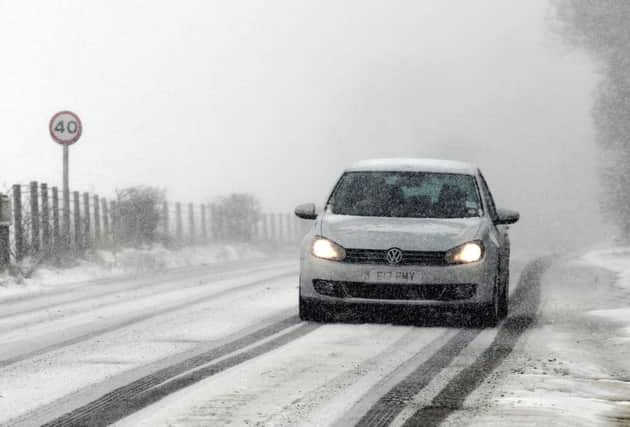Is it worth switching to winter tyres?


The brief Indian summer the UK has been enjoying lately is sadly past and winter is on the way. With forecasters predicting the worst winter weather in a long time, many drivers are thinking about fitting cold weather tyres to their cars. Should they and, if so, when is the right time to make the change?
First things first: what are winter tyres? They are tyres designed specifically for use in colder temperatures. They are not snow tyres, which have a much more aggressive tread pattern and are for use on 4x4 off-road vehicles.
Advertisement
Hide AdWinter tyres are made from rubber that allows more movement in the tread pattern than summer tyres, which allows slush and snow to disperse. This design also allows the tyre to warm up more quickly, which helps it provide more grip rather than summer tyres, which remain brittle at temperatures below 7-degrees centigrade.
That temperature is the key to knowing when to switch to winter tyres from your car’s usual summer rubber. It’s wise to change before the chilly weather sets in so you are not caught out when the first frosty blasts arrive.
This does not mean you need to worry about driving on winter tyres in warmer conditions, as this type of tyre remains fully functional and completely safe at temperatures of up to 20-degrees centigrade. It gives you a lot of leeway in picking when to swap to winter tyres, but late autumn is a good bet before frost and ice starts to appear in the mornings.
Many drivers will worry about the cost of fitting a second set of tyres when their existing ones have plenty of tread and life in them. While buying winter tyres will add to your running costs in the short-term, it won’t cost you any more over the ownership period of the car. This is because you will be using one set of tyres in the summer and another set in the winter, so the tyre wear is spread across two sets of tyres.
Aside from the cost issue, there is also safety to consider. If you stick with a set of summer tyres for your car all-year round, you greatly increase the risk of a collision on snowy or icy roads. On summer tyres, it takes the average car 43m to stop from 30mph on snow-covered roads, while a car with winter tyres will pull up in 35m. That’s a difference of two car lengths.
In winter, the risk of drivers being involved in a collision, regardless of who causes it, increases six-fold. During the harsh winter of 2010, more than three million drivers were involved in a collision of some type and almost half of all drivers reported being in a near-miss.
Given the winter of 2015/16 is predicted to be as bad or worse than that in 2010, swapping to winter tyres in the next few weeks makes a great deal of sense.